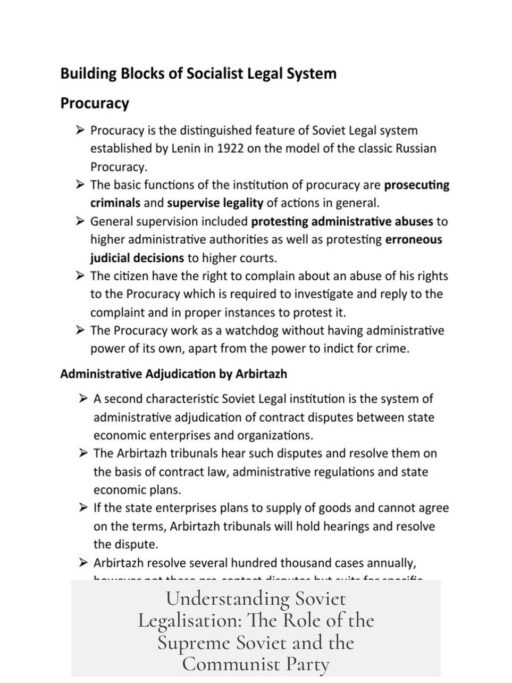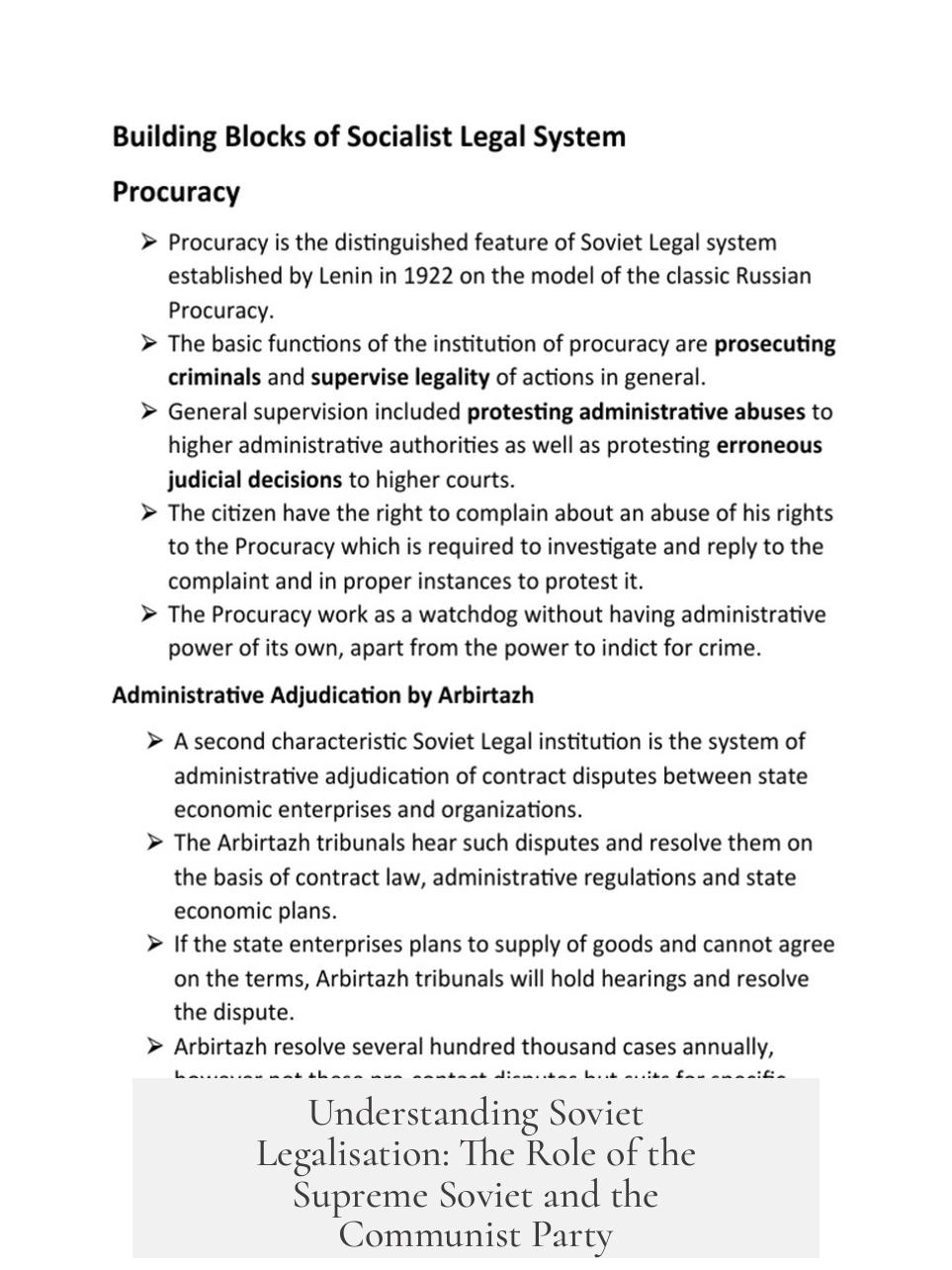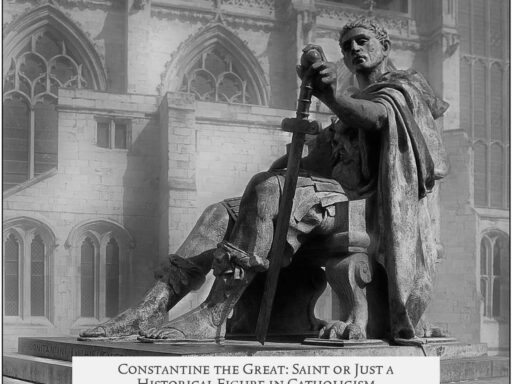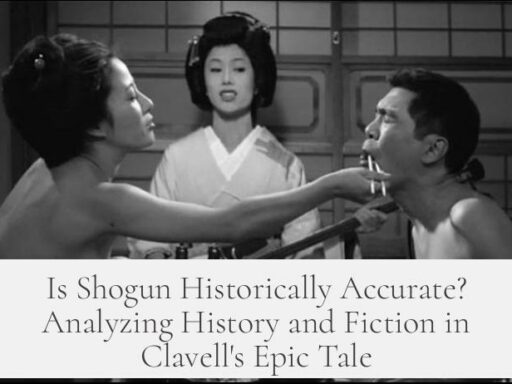Soviet legalisation operated under a system where formal legislative bodies existed but real power resided firmly within the Communist Party. The Supreme Soviet, the USSR’s nominal parliament, passed laws yet mainly acted as a rubber stamp for Party decisions. Legislative activity consisted largely of consensus-driven committee work, conducted under Party control and ideological guidance.
The Soviet Union’s legislative structure formally vested sovereignty in the soviets—councils of elected deputies. The Supreme Soviet convened briefly each year, with delegated subcommittees conducting most legislative work throughout the year. However, votes were held only after extensive consultation and a near-complete consensus was reached, making opposition rare. This process ensured laws reflected the Communist Party’s line rather than independent debate.
Despite the appearance of popular participation, with over 20% of the population serving as soviet deputies at some point, political power centered outside the legislature. The Communist Party maintained a constitutional monopoly on political decision-making. The Party framed policy and directed legislation. The Politburo, especially the General Secretary, acted as the highest decision-making body, effectively controlling both state and lawmaking.
The Party’s preeminence was codified in the Constitution. All legislative initiatives had to align with Marxism-Leninism and Party policies. Stalin’s era exemplified direct Party control, where law was subordinate to his policy demands. Subsequent leaders like Khrushchev and Gorbachev introduced somewhat more due-process-oriented practices but retained Party dominance. Ministries implemented policies, while the Central Committee coordinated overarching directions.
The judiciary held a secondary role, subordinate to the Supreme Soviet and Party dictates. Laws reflected Marxist-Leninist ideology rather than independent legal principles. The Soviet legal system discarded Imperial Russian law, creating fresh codes aligned with socialist objectives. Legislation often served to suppress counter-revolutionary threats and enforce ideological conformity. Legal provisions shifted with leadership, such as Stalin’s recriminalisation of homosexuality.
Underlying this system was the Marxist-Leninist belief that the state represented “the people” and aimed to eliminate class contradictions. This ideology posited a unity of interests among the populace, negating the need for separation of powers or adversarial legal structures. Legislation, executive action, and Party directives were viewed as parts of one harmonious process directed by scientific socialism. Consequently, legislative procedures merged with political governance.
| Aspect | Characteristic |
|---|---|
| Supreme Soviet | Rubber-stamp parliament with limited debate; legislative work done mostly by subcommittees |
| Communist Party | Dominant political force; set policy and controlled all decision-making |
| Politburo and General Secretary | Highest authority; coordinated policy and controlled legislature indirectly |
| Judiciary | Subordinate to Party and Supreme Soviet; enforced laws based on Marxism-Leninism |
| Legal Ideology | Rooted in Marxist-Leninist principles; used law to serve socialist goals and suppress opposition |
| Legislative procedure | Consensus-driven, occurred behind closed doors; public votes formalized predetermined outcomes |
The legislative process reflected the principle of democratic centralism. Lenin’s concept meant decisions made by the Party majority were binding on all members, often enforced with harsh repression if dissent arose. The Party leadership shaped law to unify the state and people under socialism.
The Soviet Union thus was a “rule of the Party” system, not a “rule of law” state. While the Supreme Soviet held de jure legislative sovereignty, the Politburo effectively controlled state power. Laws codified Party policy rather than independent legal principles.
- The Supreme Soviet functioned largely as a formal approving body for Party decisions.
- The Communist Party’s constitutional supremacy shaped all legislation and governance.
- Legislative work was consensus-driven, with limited public debate or opposition.
- Judiciary and legal codes served Party ideology and socialist objectives.
- Law and politics were closely integrated under Marxism-Leninism, eliminating traditional separation of powers.
How Did Soviet Legalisation Work? Unpacking the Machinery Behind the Curtain
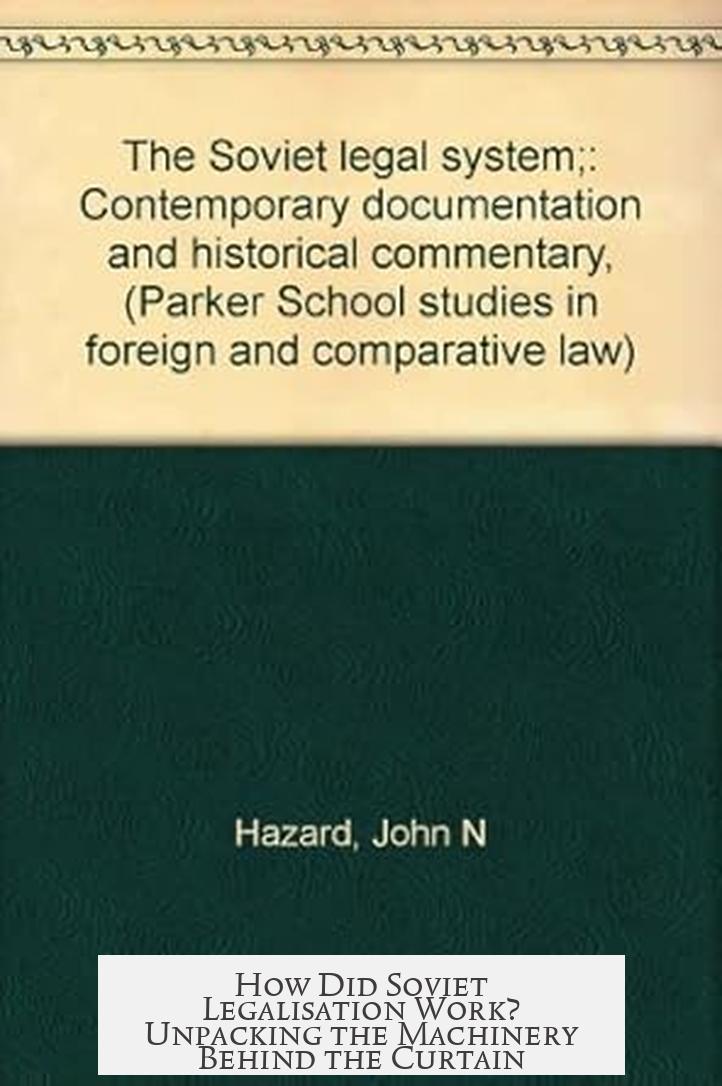
At its core, Soviet legalisation operated not as a system where laws independently shaped society but as a mechanism to enforce Communist Party directives. The Party, especially its Politburo and General Secretary, effectively controlled the legal process, with the Supreme Soviet mostly rubber-stamping decisions. Let’s peel back the layers of this unique and complex system.
Imagine a state where the law’s power feels like a shadow behind a giant torchbeam—the official laws glow, but it’s the Party’s light that illuminates the path. This contrast between form and actual power lies at the heart of Soviet legalisation.
The Supreme Soviet: The Legislature That Wore a Party Cloak
At a glance, the Supreme Soviet stands as the Soviet Union’s official legislature, with broad constitutional authority. You might picture a vigorous parliament bustling with debate. In reality, it met only a few days a year, rarely clashing over legislation. Actual lawmaking was done mostly in subcommittees that met year-round.
You could think of these subcommittees as the backstage where real discussions took place. Votes during plenary sessions were more of a formality, cast only after consensus was silently hammered out behind closed doors. It’s like a theatrical play where the script is written long before opening night.
Here’s an intriguing fact: over 20% of the Soviet population served as deputies to one soviet or another at some point. That’s a huge proportion compared to many democracies! It shows the Soviet system’s emphasis on participation—even though it all operated under tight Party guidance.
Also interesting: deputies could be recalled by their constituents, a check on local representatives, exercised at a surprisingly high rate. So while the Party ran the show, some elements of local involvement were alive and kicking.
Communist Party: The Real Powerhouse Behind the Curtains
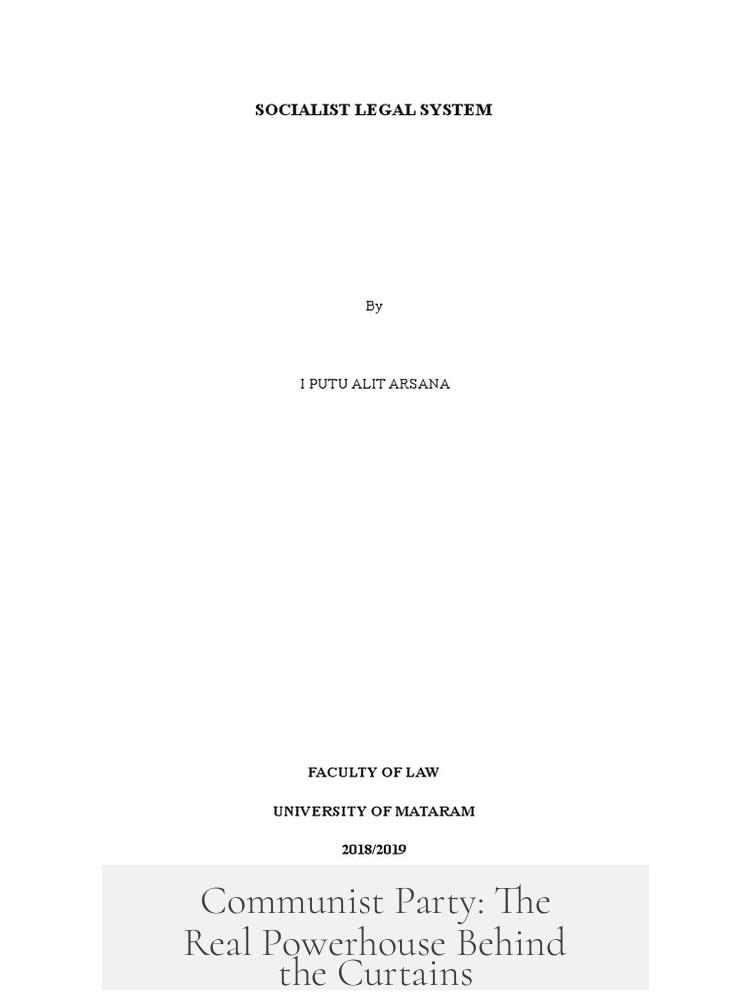
The Communist Party wasn’t just influential; it was explicitly enshrined in the Soviet Constitution as the ultimate authority. The famous Politburo, analogous to a cabinet, held the reins of policy-making and governance.
The General Secretary, the Party’s head, often defined the country’s political direction. Think Stalin, who ruled with near-absolute control. His policies were imposed swiftly, with any needed laws created afterward—almost an afterthought.
Contrast Stalin’s iron grip with leaders like Khrushchev and Gorbachev, who leaned more into due process and consultation, showing the system’s variability depending on who held power. However, the overarching theme remained that the Party decided, and laws followed.
The Party also practiced “democratic centralism”—once a decision was made, everyone was expected to line up behind it, no dissent allowed. Lenin summarized this brutally: either get in line or risk severe consequences.
Courts and Law: Justice on the Party’s Chessboard
Now, what about the judiciary and legal codes? They existed but clearly didn’t drive legal developments. Courts were subordinate to the Supreme Soviet, which itself was under Party control. The entire legal framework rested on Marxist-Leninist ideology, freshly built by repealing all pre-revolutionary laws.
Laws primarily targeted perceived enemies of the socialist state—counter-revolutionaries, bourgeois elements, and so on. They reflected political priorities, not impartial justice. For instance, under Stalin, homosexuality was recriminalised, illustrating how legal norms could shift abruptly with leadership changes.
Essentially, the legal codes were tools, shaped to suit whichever version of Marxism-Leninism was ruling at the time—whether Stalinist rigidity or later reforms.
Ideology at the Heart: Law as a Means, Not an End
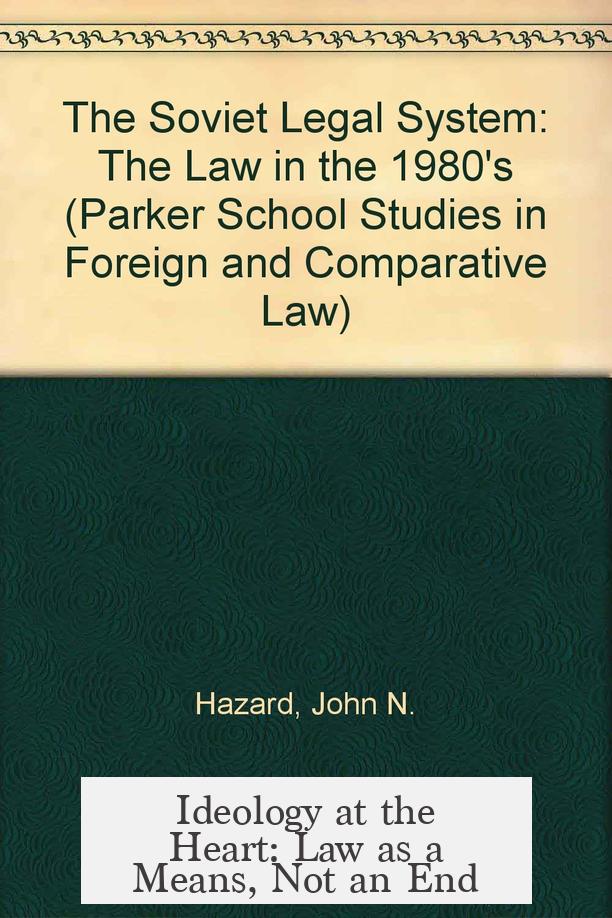
Marxist-Leninist theory held that after the revolution, class struggle would end, and society would unify around common socialist goals. Law, then, served as an instrument to protect the people’s interests, harmonizing society rather than dividing it.
The ideological foundation rejected the Western “division of powers” idea because, under socialism, interests were supposed to be aligned. So, the Party, legislature, courts, and executive all worked in seamless concert, guided by scientific Marxism-Leninism.
This explains why legislation was integrated with Party functions—they were two sides of the same coin. The Party’s leadership role wasn’t a contradiction but the logical expression of socialist unity.
What Did This Mean for the Average Citizen?
For a citizen, the system meant abundant experience serving as deputies in soviets and having a theoretically meaningful right to recall representatives. Yet, real political power remained centralized in the Party. Law reflected top-down policies, not bottom-up will.
Could any meaningful legislative debate happen? Sometimes, but mostly behind closed doors and always within the framework Party leaders allowed. Open opposition was rare, since the Party considered consensus a fundamental socialist virtue.
Think of it like a meticulously choreographed dance: many perform on stage, but the single choreographer—the Party—calls the moves.
So, How Does Soviet Legalisation Compare to Modern Views of Lawmaking?
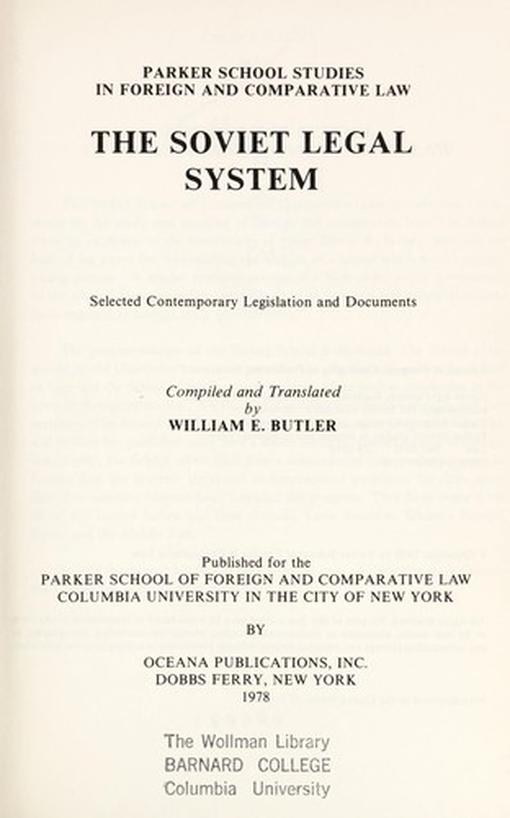
- Modern democracies emphasize separation of powers and independent judiciary. The Soviet system saw this as unnecessary and counterproductive, since it assumed unity of interests.
- Legal checks and balances were minimal. The Party’s primacy trumped judicial independence or legislative resistance.
- Law was subordinate to ideology. Legal rules fluctuated depending on the Party’s interpretation of Marxism-Leninism rather than impartial norms.
- Mass participation paradoxically existed alongside strict Party control. Millions engaged as deputies, but decisions still circled back to the Politburo.
It’s tempting to dismiss Soviet legalisation as mere formality, but that cloth covered a complex fabric of consensus-building, ideological education, and controlled participation. It’s a system that challenges our assumptions about democracy, law, and power.
Wrapping It Up: The Soviet Legal Machine in a Nutshell
The Soviet Union’s legal system was less a rule-of-law state and more a rule-of-the-Party state. Laws existed mostly to codify decisions made by the Communist Party’s top leadership. The Supreme Soviet served as a formal institution confirming those choices, with real legislative craft happening in small subcommittees and guided by ideological consensus.
The courts and legal codes reinforced political priorities and adapted to shifting interpretations of Marxism-Leninism. For citizens, extensive participation as deputies coexisted with limited independent political influence.
Though Soviet legalisation might seem like a mere rubber stamp on the surface, it was a unique blend of central control, participatory rhetoric, ideological unity, and practical governance—an altogether fascinating, if confounding, model of lawmaking.
Curious to dive deeper? Ask yourself—how do different political systems shape the laws we live by? How much room should ideology take in lawmaking? The Soviet case offers intriguing lessons and warnings.
